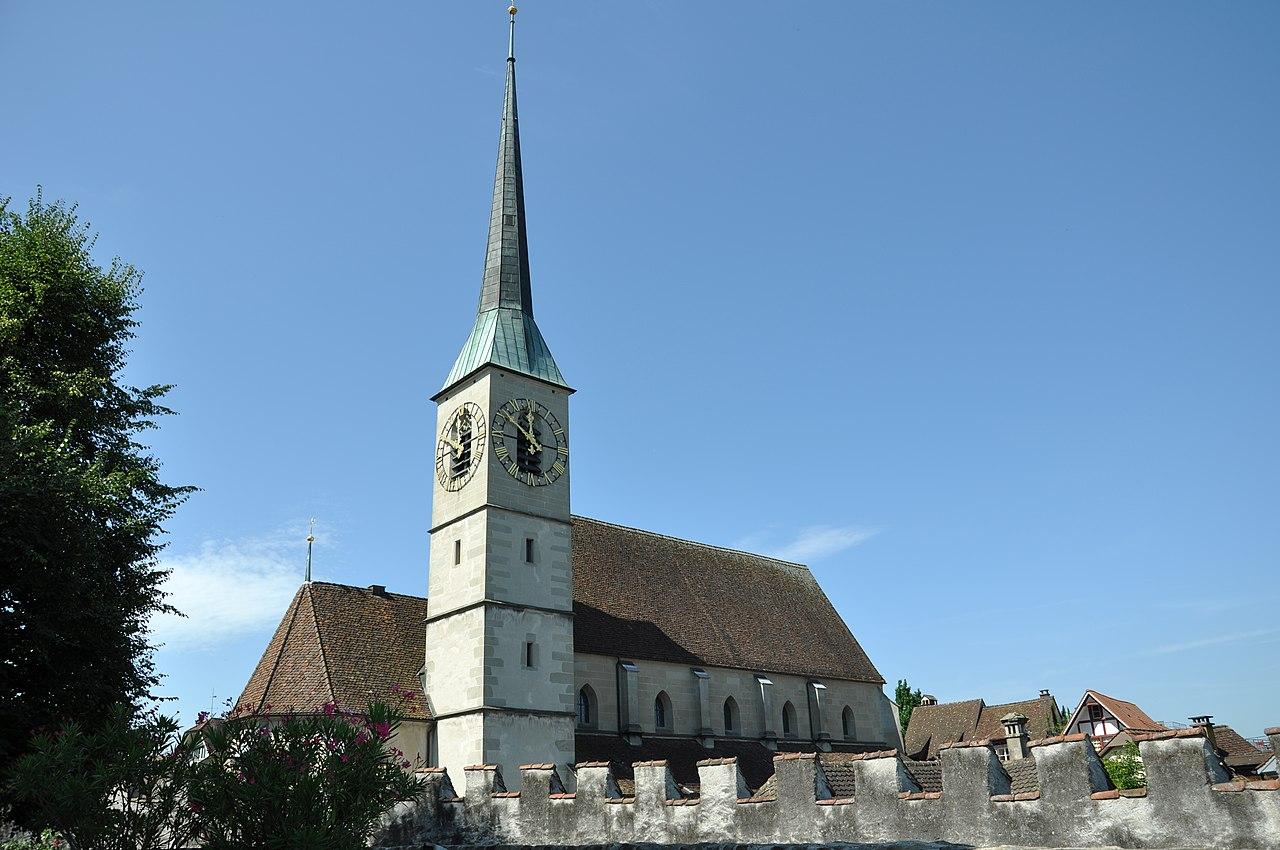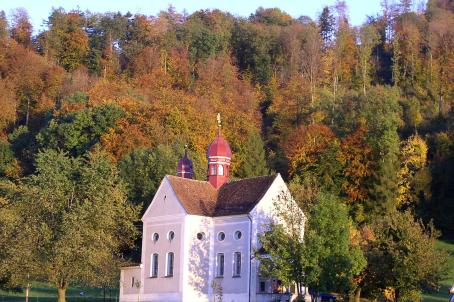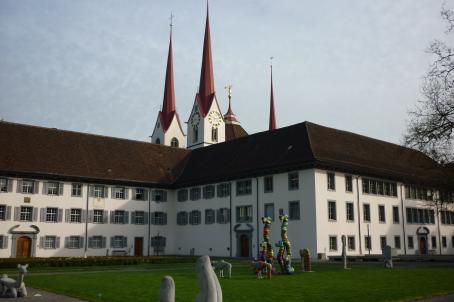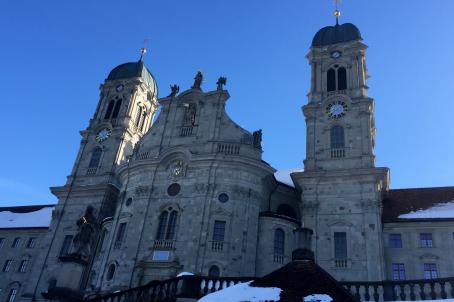Church of St. Oswald

The church of St. Oswald was built in the course of the expansion of the city from 1477. The former master-builder of Lucerne and Zurich, Hans Felder, was commissioned to build it. In 1478, construction began on a hall church, which was extended to a three-nave basilica as early as 1492. The extension was completed in 1545. The spire was built in 1558. In 1719, the baroque sacristy was built at the side of the choir.





